 Your new post is loading...
 Your new post is loading...
How do you get a new innovation adopted in your school? How do you convinced people it is a good direction. These 15 ideas will get you started.
Via Gust MEES
Les travaux de Greenhow ont été résumés sur le site de la Michigan State University.
Selon la chercheuse, en contexte informel, les médias sociaux permettent une plus grande liberté. Contrairement à certaines activités en classe ou à des forums plus officiels sur lesquels les apprenants sont tenus de participer, l’utilisation volontaire des médias sociaux dans un contexte éducatif informel amène la participation des apprenants plus timides.
La participation non obligatoire à des forums et l’utilisation volontaire d’applications hébergées sur différents réseaux sociaux pourraient constituer des formes d’enrichissement pertinentes, permettant ainsi d’avoir accès à de l’information supplémentaire, à des échanges formateurs et à des compléments sur le plan de la matière.
Les médias sociaux pourraient aussi participer à piquer et à développer la curiosité des apprenants. Toujours selon Greenhow, une des préoccupations de tout enseignant est de susciter l’intérêt des apprenants pour des sujets et de les aider dans leur quête d’apprentissage. Les réseaux sociaux utilisés volontairement, en complément du cursus officiel, peuvent ainsi constituer des lieux bénéfiques pour réaliser cette mission.
Via Gust MEES
Check out some resources meant to help education leaders find ways transform the vision and goals of schools to move towards applied, connected and real-world learning opportunities for students.
Via Gust MEES
La Commission européenne lance un réseau de MOOC pour favoriser l’acquis de compétences numériques en Europe.
La Commission européenne lance un réseau de MOOC (Massive Open Online Courses, des cours en ligne ouvert, ndlr) afin de permettre aux citoyens européens de se former aux compétences numériques dont les entreprises européennes ont besoin. L’ensemble des formations offertes est d’ores et déjà disponible sur le site Iversity qui sera géré par p.a.u. Education, une entreprise privée spécialisée dans les services pour l’enseignement.
En savoir plus / Learn more:
- https://gustmees.wordpress.com/2015/05/26/what-are-the-skills-needed-from-students-in-the-future/
Via Gust MEES
Suite à la Conférence internationale sur les TIC et sur l’Éducation post-2015 tenue en mai dernier, l’UNESCO propose un plan d’action international d’intégration et de développement des TIC en éduc...
Via Corinne RAMILLON, Gust MEES
|
- Be the thing you teach.
- Be the expert of your classroom.
- Be data savvy.
- Be continually reflective on your practice.
- Be able to defend your practice.
This directive is similar to the data-savvy and expert points, but teacher leaders need to be able to explain their craft. Your administrator will be trotting all kinds of people through your classroom. As a teacher leader, you might be a maverick, doing things a little differently than the rest of the herd. Be prepared to defend that road less traveled. Know why you do the things you do. Then, as a leader, share everything you know. - Be informed about local, state, national education policy.
- Be positive and solutions-oriented.
- Rise above the turbulence.
Learn more:
Via Gust MEES
Instructional coaches (IC's) are one group that are a bit more removed from students. Don't jump to any negative conclusions with that last sentence. What I mean is that, although they impact students in positive ways, they are a bit more separated from the consistent daily involvement that classroom teachers have with students.
Instructional coaches can have an enormous impact on the teaching and learning that happens in a school. Technology coaches help bridge the learning gap between teachers and technology. Content coaches can help teachers gain a better understanding of standards and subjects. Instructional coaches can help teachers improve their instructional practices in any subject at any time.
There are at least five reasons why schools should have instructional coaches. It's not that all teachers are weak and need help. It's about the idea that we all have blind spots (Otto Scharmer) and coaches can help others see their blind spots. According to this article in the New Yorker, even doctors have coaches to help them improve and see their blind spots.
Learn more:
https://gustmees.wordpress.com/2014/07/10/education-collaboration-and-coaching-the-future/
https://gustmees.wordpress.com/2015/07/19/learning-path-for-professional-21st-century-learning-by-ict-practice/
Via Gust MEES
Vint Cerf is known as a "father of the Internet," and like any good parent, he worries about his offspring -- most recently, the IoT.
"Sometimes I'm terrified by it," he said in a news briefing Monday at the Heidelberg Laureate Forum in Germany. "It's a combination of appliances and software, and I'm always nervous about software -- software has bugs."
The Internet of Things will offer the ability to manage many of the appliances we depend on, acknowledged Cerf, who won the Turing Award in 2004. With its ability to continuously monitor such devices, it also promises new insight into our use of resources, he said.
Devices such as Google's Nest thermostat, for instance, can "help me decide how well or poorly I've chosen my lifestyle to minimize cost and my use of resources -- it can be an important tool," he said.
As with so many technological tools, however, there are plenty of potential downsides. Safety is one of them.
Cerf is now vice president and chief Internet evangelist at Google, but you won't find him enjoying any of the massage chairs the company provides for its employees. "I know they're run by software -- I worry they will fold up on me," he quipped.
As more such appliances are run by software, people will be increasingly reliant on programmers' ability to write good code, he pointed out.
"It's fraught with issues, some technical and some legislative," he said. "Who is liable when an appliance doesn't work the way it should, and what if that's a software question?"
Learn more / En savoir plus / Mehr erfahren:
http://www.scoop.it/t/21st-century-learning-and-teaching/?tag=Internet+of+Things
http://www.scoop.it/t/securite-pc-et-internet/?tag=Internet+of+things
http://globaleducationandsocialmedia.wordpress.com/2014/01/21/why-is-it-a-must-to-have-basics-knowledge-of-cyber-security-in-a-connected-technology-world/
http://www.scoop.it/t/securite-pc-et-internet/?tag=Cars
Via Gust MEES
Informational technology needs to be holistically integrated into our learning environments.
The integration of information technology into our unique learning environments can be greatly enhanced if we apply constructivist approaches. Such approaches could include, but are not limited to discovery learning, inquiry based learning, play-based learning and making. But they also include listening, reflecting, and taking the time to process. Essentially, we want our learners to become great thinkers. We want learners to take an active role in the learning process and move away from the passive regurgitation of information being passed from a teacher to a student. Effective infusion of information technology into our learning environments is an excellent way to achieve this.
In our world, information technology is not just a means to an end. It more about the information and how we use it that is the most important. How to find it, how to process it, how to use it, and how to build on it. The technology we use facilitates and re-shapes this use of information in many new ways. For instance, no longer are we following learning in a linear fashion, say, based on a textbook. Rather, we are working in flexible frameworks where learners can focus on big ideas, but follow their learning along multiple paths happening all at once in the learning environment.
Learn more:
https://gustmees.wordpress.com/2015/07/19/learning-path-for-professional-21st-century-learning-by-ict-practice/
Via Gust MEES
|



 Your new post is loading...
Your new post is loading...

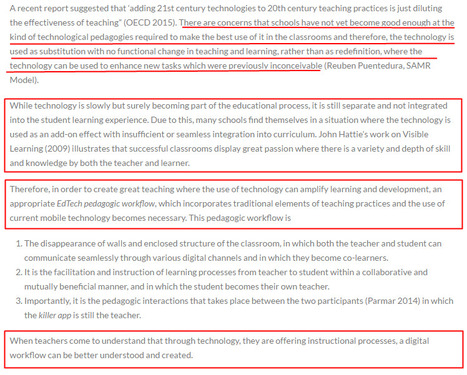

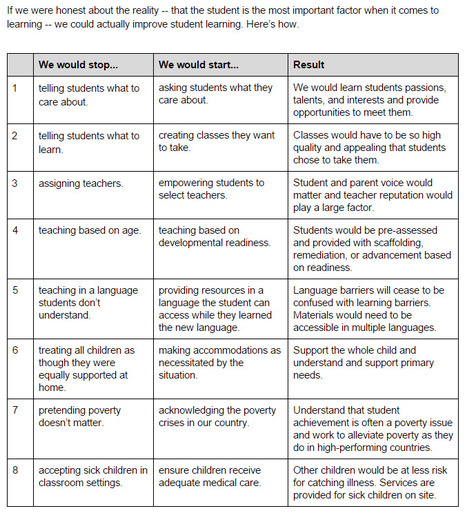









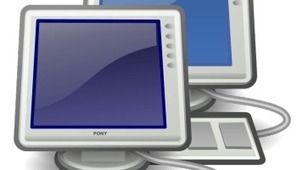




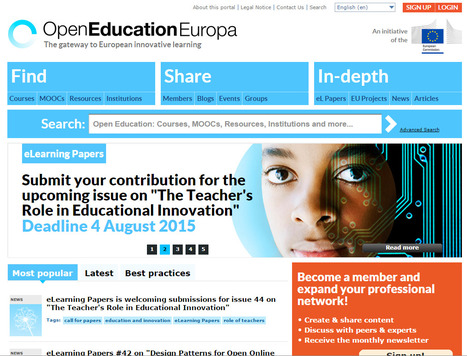



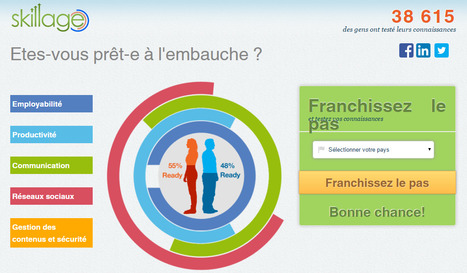
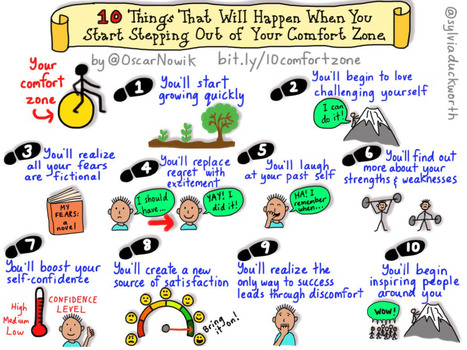








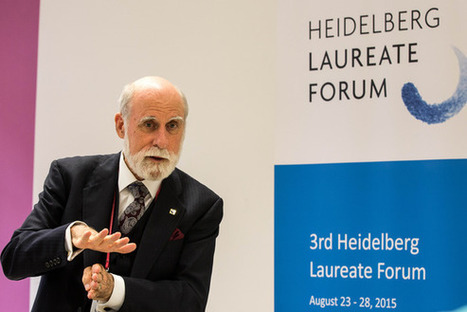
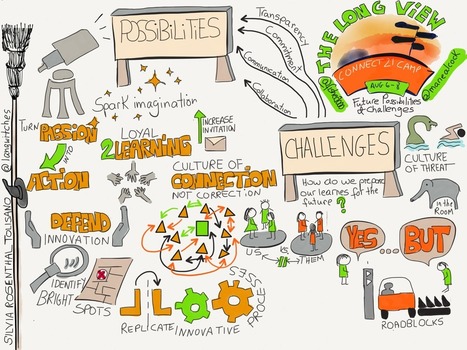







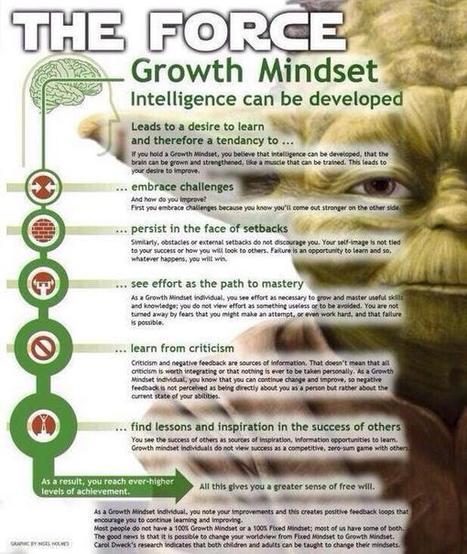


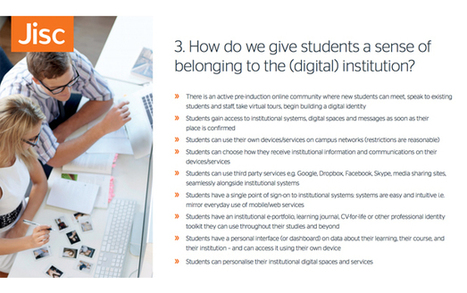
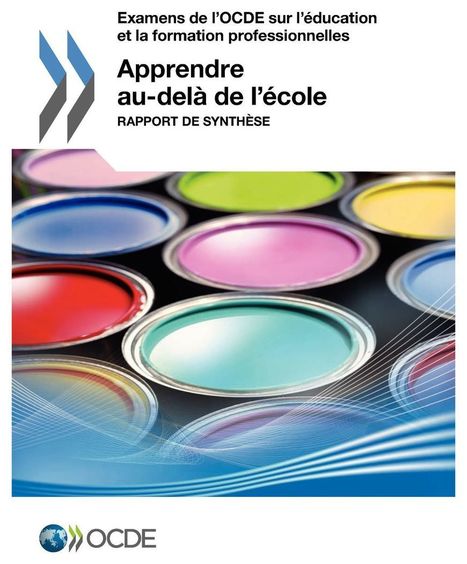








The integration of mobile technology in classrooms is no longer just a nice-to-have option in learning and development. Indeed, it has now become an essential part of the educational process for the 21st century generation…
Learn more / En savoir plus / Mehr erfahren:
https://gustmees.wordpress.com/2016/02/18/the-new-possibilities-to-learn-and-teach-with-ict/